I’m late getting the blog post Day#5 finished, but it’s still 10:54 p.m. where I am. One of my stalwart friends asked me the other day: “But why did the women picket the White House in 1917? Couldn’t they have expressed their point of view in some other way?”
Good question and one that I welcome in this fifth day of partnering with Turning Point Suffragist Memorial to raise awareness of and support for the building of a suffragist memorial to honor those brave women who experienced the “Night of Terror” at the Occoquan Workhouse near Washington, DC in 1917.
When you look at the 1917 picketing from a larger perspective, put yourself back into time. How would you feel as someone in the second generation of women petitioning for the right to vote? Then turn the clock back to 1848 and the women’s convention at Seneca Falls, NY. This wasn’t the first occasion when women decided that enough was enough. But it’s the date when we start counting as far as the suffrage movement is concerned –when there’s no doubt that the nation heard the rumblings from impatient citizens who demanded participation in the public arena. The suffrage movement started in 1848 and concluded in 1920 with the ratification of the 19th Amendment to the U.S. Constitution. Keep this in mind: it was touch and go for a great deal of that time.
Think of it. Susan B. Anthony, Elizabeth Cady Stanton, and others spent 50 years petitioning for the vote by the turn of the 20th century. This is when my grandmother Edna Kearns and her generation stepped up to the plate and took over from the first wave of activists. By 1917, women had been working themselves into states of exhaustion by continuing to pressure for the right to vote. I’ve written a lot about Grandmother Edna Kearns. Here’s a video where she speaks for herself.
[vimeo 67080247 w=500 h=281]
By 1917, my grandmother Edna B. Kearns had been in the suffrage fold for at least a decade. When’s the last time you spent ten years working on a single cause? Did you burn out? Were you even a bit annoyed or frustrated at your lack of progress? When the National Woman’s Party announced the White House picketing in 1917, many activists didn’t hesitate to join. However, others condemned them for taking such a bold action. The “suffrage movement” wasn’t one movement. It existed under an umbrella of women from many backgrounds.
Women joined the picket line from all over the United States. The National Woman’s Party needed people on the front lines who were prepared to go to prison, if necessary. And without the extraordinary support network that stretched across the United States, the campaign wouldn’t have been as effective.
This is Day #5 of blogging to honor the “Night of Terror” observance on November 15th, a partnership with Turning Point Suffragist Memorial Association.
COMING SOON: The eight audio podcast series called the “Night of Terror.” You’ll get a ring-side seat account about what happened on November 15, 1917 at the Occoquan Workhouse.
November 15th “Night of Terror” Blogging: Day #1 (Nov.1); Day #2 (Nov.2); Day #3 (Nov. 3). Day #4 (Nov. 4)
 Follow Suffrage Wagon News Channel with email twice a week, as well as on Facebook and Twitter. Quarterly newsletters just by signing up. Join the conversation by commenting on the Suffrage Wagon blog. Stay up to date with audio podcasts and videos. Celebrate women’s freedom to vote.
Follow Suffrage Wagon News Channel with email twice a week, as well as on Facebook and Twitter. Quarterly newsletters just by signing up. Join the conversation by commenting on the Suffrage Wagon blog. Stay up to date with audio podcasts and videos. Celebrate women’s freedom to vote.
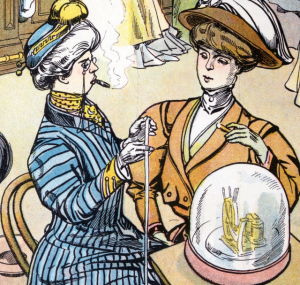
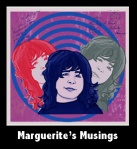
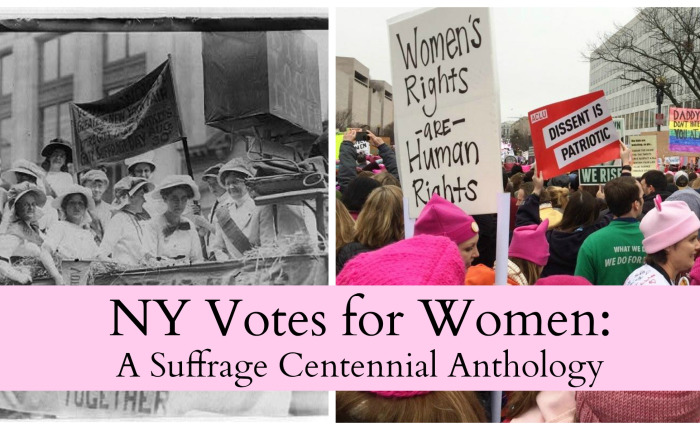
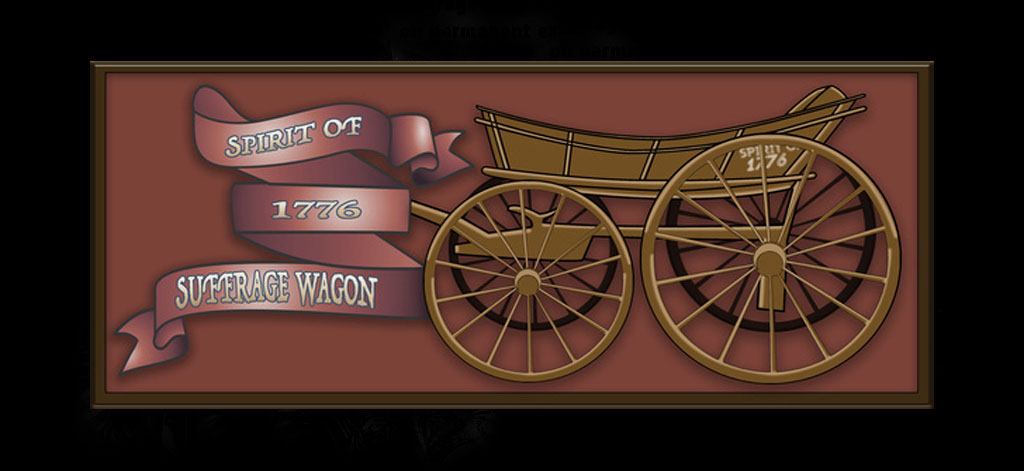
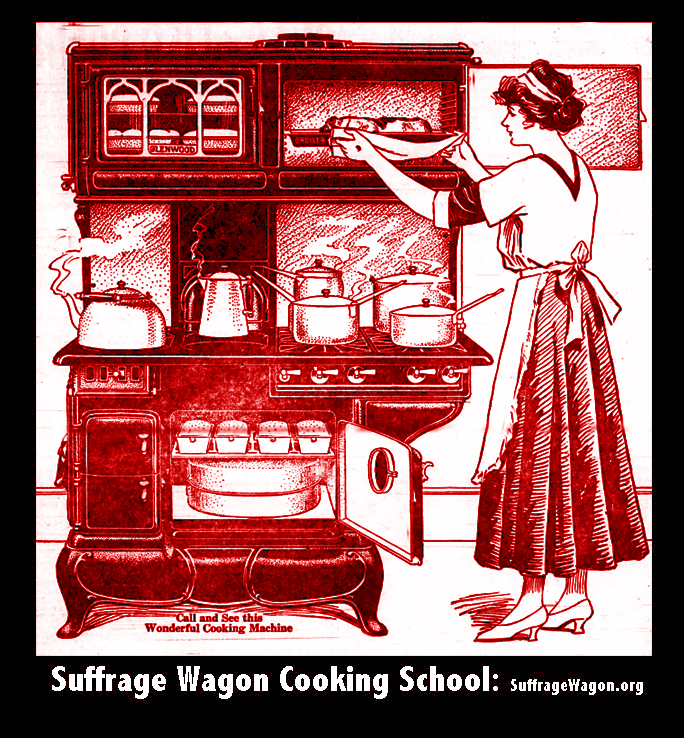

0 Comments